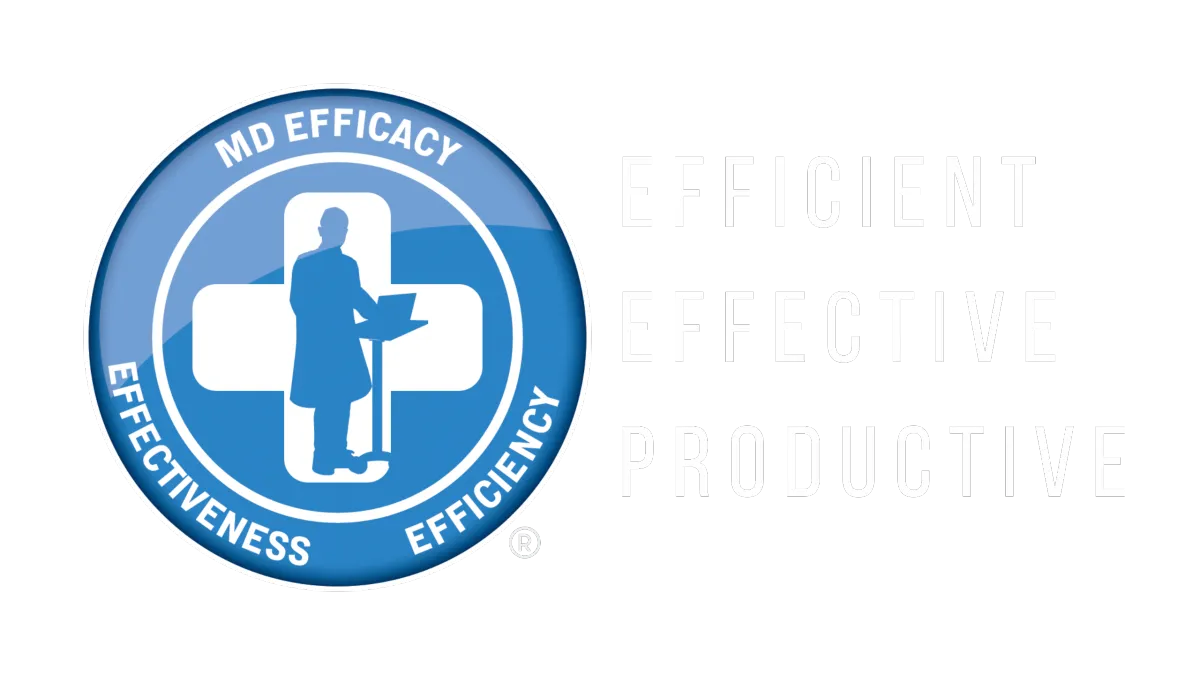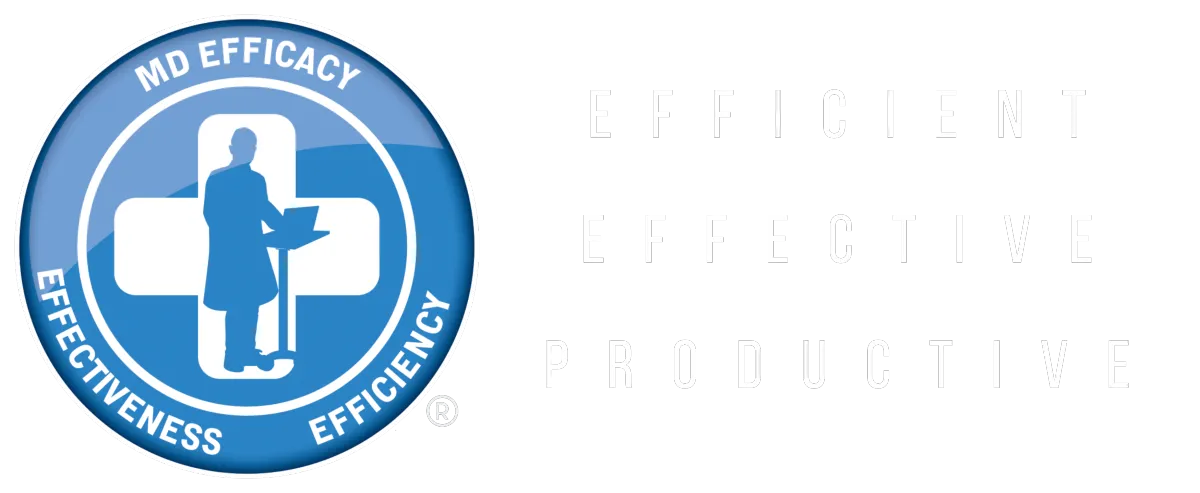RVUs Explained
Posted Dec 7, 2024
Let's talk today about productivity for physicians. Such an important topic that we don't get a whole lot of exposure to. First, I'm so surprised about how little we learn about productivity during our education, during the School of Medicine, during residency, and fellowship. When we are getting tons of training for the various aspects of medicine and they are also important, we don't get to learn about productivity. We know that physicians make money and that's very true, but how do they make it? What makes more and what makes less? How can we balance it? We don't get exposure to any of these. So I would love to shed some light today about that. How did compensation work in the years, in the past, in the old past? Back in the days, everything was like a restaurant menu. You go to a clinic of a famous doctor, their menu is going to be expensive. You go to a fresh grad or a doctor with kind of moderate reputation, the price is going to be much less. And maybe three clinics beside each other, each one is going to charge a different amount of money. And then each patient will get to know how much each physician charges, they are going to know about their reputation and they decide however they want to go to. This was in the past, not anymore. When insurance started to take over healthcare, they don't like a lot of variability. Yeah, maybe 50 years ago, an obstetrician is going to charge five grands for labor, another one is going to charge $1500 for labor and the insurance is going to pay both of them the same (i.e., as charged). But this is not a good system and it is not a unified system. So CMS, the Center for Medicare and Medicaid Services, decided to say, you know what, let's get everything standardized. And how are we going to standardize that? By coming up with a unit, that unit is going to be unified, and then we're going to say, okay, this is a complex procedure. Let's give it more units. Or this is a simple procedure. We're going to give it fewer units. This is a complicated clinical encounter. We'll give it more units. Or this is a pretty simple clinical encounter. So we'll give it fewer units. So they came up with the idea of units. Now there are different aspects for these units. Number one, the physician. How much time did they spend? How much expertise did the evaluation or procedure necessitate? And what is the risk for the physician of what they are doing? Is it a high-risk or a low-risk action? So they call this: work Relative Value Unit. So they identified that unit as RVU or relative value unit. And they said we're going to give it the first component, work relative value unit. And then the second, okay, this practice has an overhead expense. Or there is a clinic that necessitates a lease. Or there is an electricity bill. There is a sewage bill. Or there is trash. Or there are employees over there. So there is a nurse. There is a medical assistant. Or you know what? There is an electronic health record system. There is billing to collect the bills. I mean, there are many aspects to run that practice. So they decided to call that PE RVU or practice expense RVU. And then the third component is going to be here, malpractice. Some specialties and some procedures have a high malpractice tag on them. And other encounters like clinic encounters or other procedures have less malpractice risk. So this is the third component. So now for an RVU or relative value unit, there are three components. Work RVU, practice expense RVU, and malpractice RVU. An additional component that comes here is where do you practice? Oh, do you practice in a very expensive area? If you practice in Manhattan, in New York, in Chicago, in San Francisco, these are pretty expensive cities. The cost of practice is going to be much higher than practicing in a rural area in the middle of nowhere. So it is unfair to pay the same price tag in these two places. There should be some adjustment. And that's why there is a geographical index to adjust each one of these. And then eventually putting this big formula together. So work RVU by work geographical index, practice expense by the geographical index, malpractice by the geographical index. All of that gets multiplied by something called the conversion factor. And that conversion factor gets adjusted often. And all of that gets multiplied and it comes with the amount of money that CMS is going to pay the physician. CMS tends to be the average. Some insurance companies will pay a bit more. Others are going to pay a bit less. But by the end of the day, it all gets combined and it comes to be around the average. Now this is very important to understand because it's going to give you the introduction to billing and coding. How we put the charges for everything we do. And then understanding that concept of RVUs and understanding how much each thing we do is going to pay is crucial in knowing the different business models that we get paid. Some of us get paid purely by RVUs. Some of us are in private practice. We don't work with RVUs. We work with collections. The one that insurance companies pay. But you're going to be surprised on how many private practice physicians look at RVUs as an objective measure to see their productivity besides just the cash money that is being collected and to compare. And also it is going to be surprising if you are looking into your career and want to decide which specialty, you will be surprised by how much procedures pay as compared to clinic visits. Now this is really, really super surprising. When I got to know that, I was amazed. Let's say the common procedures. A colonoscopy or an EGD. You're going to find most of them pay like two, three, maybe up to four RVUs. Of course, if you have additional biopsies or additional interventions, it can pay more. But then now in the clinic, I can see a patient in 10, 15 minutes and I can get paid two RVUs, two and a half. Maybe if you are doing a great job, maybe even three or three and a half in 15, 20 minutes. And you find that seeing patients in the clinic can be far more productive than doing a procedure. Now there are many intricacies in that. There are many details, fine details to how we adjust our productivity, how we adjust our workflow, and see where the money is and adjusting our workflow. Now here I'm not talking about patient care. We went to medicine from the very beginning for patient care and we will do eventually what is in the best interest of the patient. There is no discussion about that, 100%. But then while delivering the best patient care, we can adjust our templates. We can pick what should we do more often, what we can do less often. So there's a lot more to come about that. Thank you for joining today.
MD Efficacy © 2025, All Rights Reserved.
By visiting this page, you agree to Terms of Use, Privacy Policy, & Earnings Disclaimer.

